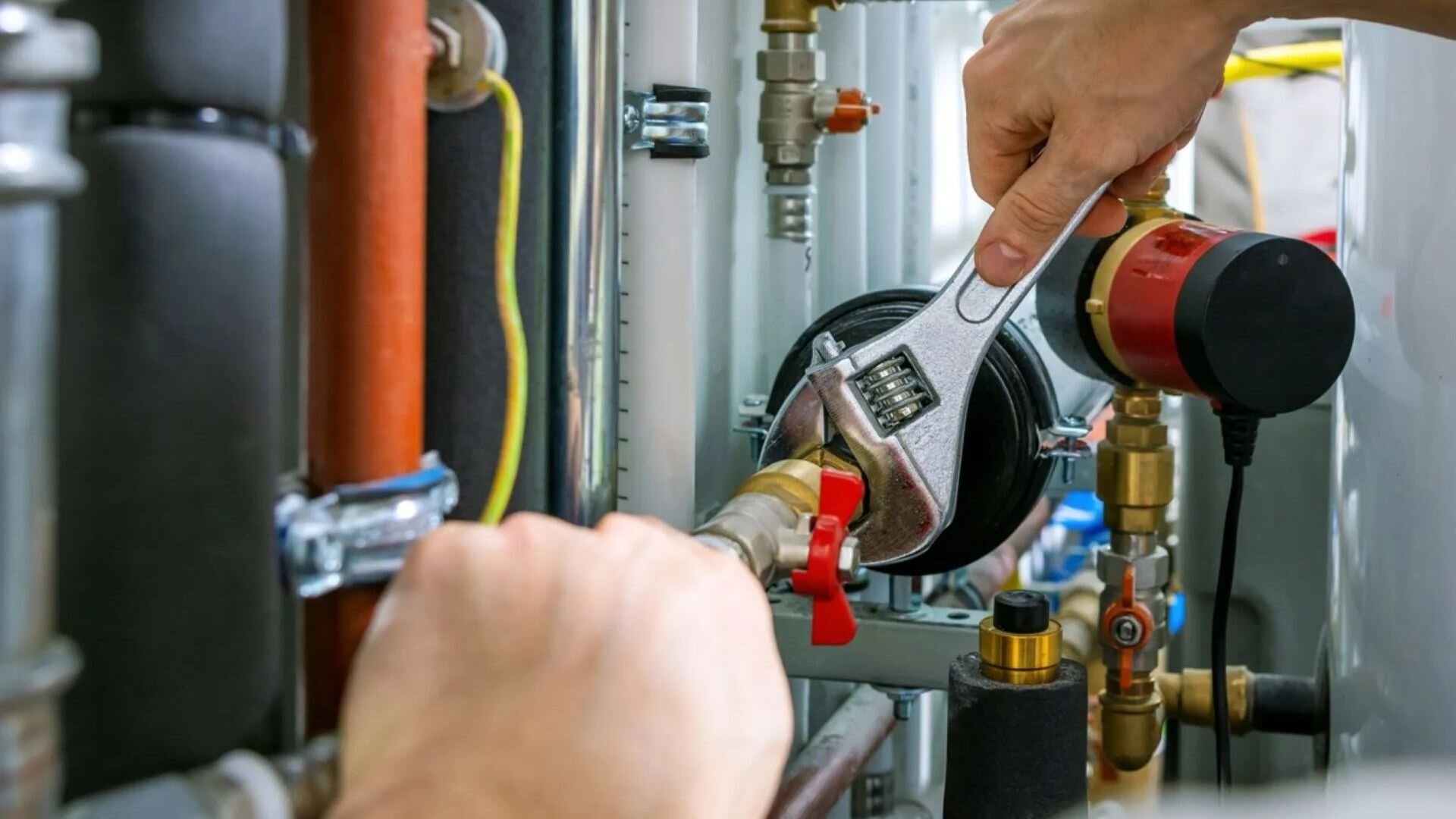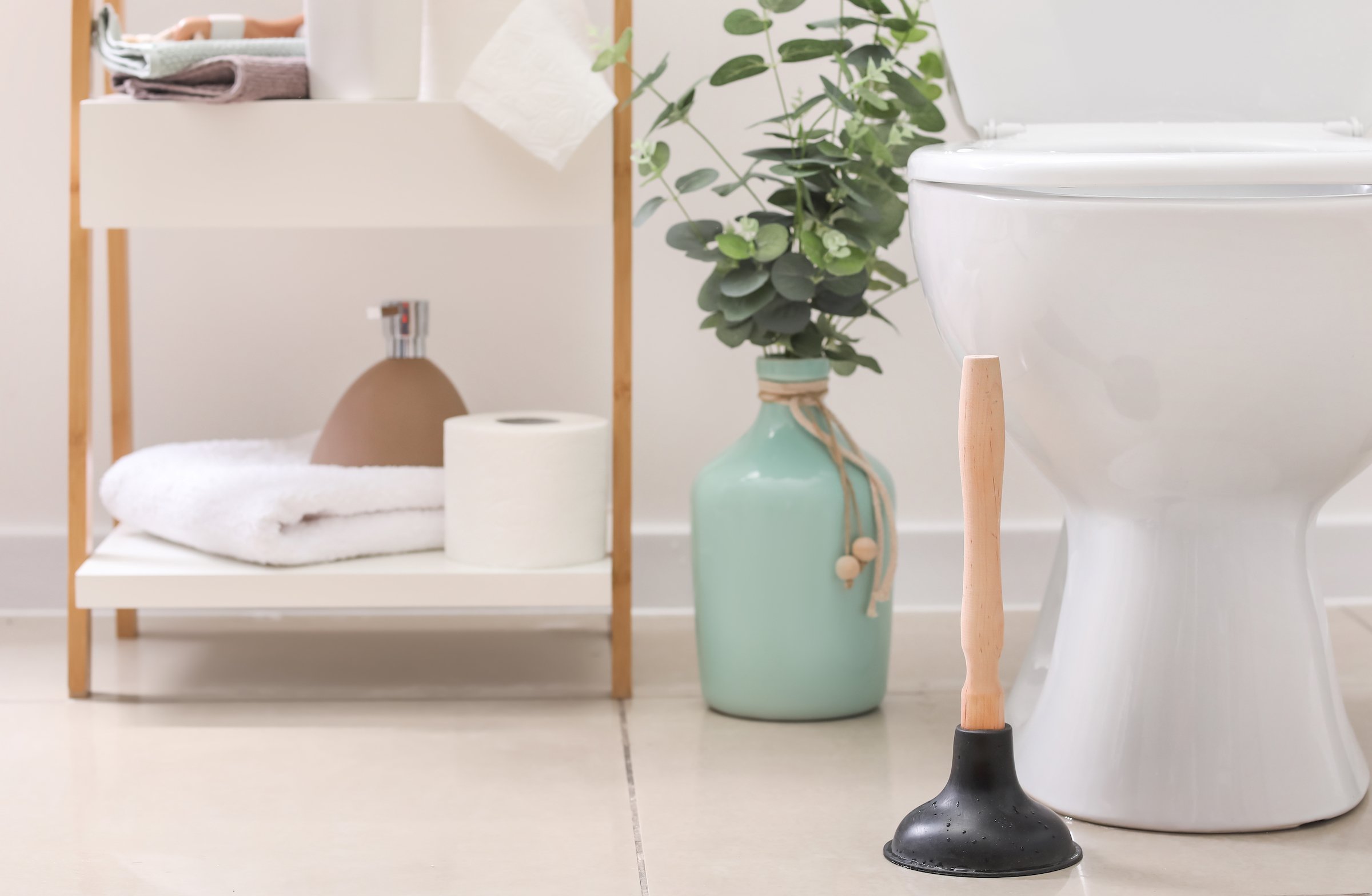What're your thoughts about 6 Essential Plumbing Checks for New Homeowners?

For brand-new home owners, understanding and keeping restroom plumbing can save both time and money by protecting against pricey concerns down the line. Here are some important shower room pipes pointers to assist you maintain everything running efficiently.
Get Ready For Cold Weather
Shield your pipes from freezing throughout cold weather by protecting pipes in unheated locations like basements, attic rooms, and garages. During extreme cold, allow cold water drip from taps offered by subjected pipes to aid protect against cold.
Arrange Routine Upkeep
Consider organizing yearly assessments with an accredited plumbing professional. They can detect issues that you could miss out on, such as surprise leakages or damage on pipes and components. Regular upkeep helps extend the life of your pipes system and can avoid emergency situations.
Acquaint Yourself with the Key Shut-Off Valve
Knowing where the primary water shut-off valve lies in your house is critical. This allows you to quickly switch off the water supply in case of significant leaks or throughout plumbing emergency situations, preventing extensive water damages.
Frequently Inspect for Leaks
Small leakages can bring about huge problems. Frequently inspect under sinks, around commodes, and near pipes fixtures for any type of indicators of leaks. Look for wetness, little drips, or corrosion. Catching and fixing leaks early can stop a lot more serious damage and conserve water.
Maintain Your Water Heater
Ensure your water heater is set to a proper temperature level (commonly around 120 degrees Fahrenheit) to stop scalding and lower power use. Flush the container annually to eliminate debris accumulation, which can lower the efficiency and lifespan of your heater.
Upgrade Your Fixtures
If your home has older components, think about upgrading to extra effective models. Modern commodes, showerheads, and faucets are made to use much less water while supplying great pressure, which can considerably decrease your water bill and ecological impact.
Be Cautious with DIY Pipes Repairs
While it's appealing to manage all home fixings on your own, beware with pipes. Some problems might need professional proficiency, particularly if they involve primary water lines or sewage system repairs. Employing a specialist can often be more economical than DIY, particularly if it prevents additional damages.
Do Not Disregard Slow Drains
If your sink or bath tub is draining gradually, it's typically an indicator of a clog developing. Resolving this very early can avoid a complete obstruction. Utilize a bettor or a plumbing's snake to clear out particles. Stay clear of utilizing chemical drain cleaners as they can harm your pipes gradually.
Know What Not to Flush
Commodes are not garbage disposals. Stay clear of flushing anything besides toilet paper and human waste. Things like wipes, womanly hygiene products, and cotton swabs ought to be dealt with in the trash to avoid clogs and sewer back-ups.
Mount Strainers in Drains
Location strainers in your sink and bathtub drains to capture hair and other particles prior to they enter your plumbing system. Cleansing the filters consistently will help stop accumulation and keep water flowing freely.
Final thought
Understanding and keeping your home's washroom plumbing can stop many typical concerns. By complying with these vital tips, you can guarantee your shower room remains useful and efficient, saving you money and time in the future.
Plumbing Tips for New Homeowners: 4 Things You Should Look Out For
Congratulations on buying your home! It is an exciting time for every homeowner. However, there is still lots to do. If you have already owned a house or apartment, you know the lengthy maintenance to-do list ahead of you. You may already have a trusted plumber on speed dial, ready to save you from every plumbing emergency.
Perhaps buying your first home has inspired you to become a handyman finally. It’s great that you want to care for your house and learn new skills to do so correctly.
However, home maintenance can be complicated. Knowing your limits and recognizing when it’s time to call in the professionals is essential. Many tasks require professional training and experience to do correctly. Furthermore, some of these projects are dangerous without the necessary expertise.
Nonetheless, it’s a good idea to understand how your home’s plumbing system works. That way, you know what to look out for, what to fix yourself, and when to contact the plumber.
This article will review some essential plumbing tips for new homeowners.
First, schedule a house inspection.
As a new homeowner, your first order of business is to schedule a house inspection with a professional, licensed plumber. It would be best if you did this before you moved in. The last thing you want the day after unpacking all your belongings is to discover a catastrophic plumbing problem.
A plumbing inspection is crucial in getting to know your new home. After all, you should figure out what parts need work immediately. Chances are, some plumbing elements will require maintenance, repair, or replacement. If you neglect these issues promptly, you may encounter more expensive and extensive repairs.
Your plumbing inspection should also include a drain and sewer line inspection. Professional plumbers use high-tech equipment and cameras to survey sewer systems. They check on the condition of the pipes and recommend repairs or maintenance if needed.
Find your go-to plumbing company.
Maintaining a home takes a lot of time, energy, and expertise. Inevitably, you will make many calls to plumbers, electricians, HVAC technicians, and roof repairers over the years. Instead of calling someone new every time something goes wrong, finding your go-to person is essential.
You want someone experienced, knowledgeable, and reliable. Someone you can trust in all manner of emergencies!
Finding your go-to plumber is a significant undertaking. They should be fully licensed, insured, bonded, and have a long list of happy customers. Additionally, ensure they have a comprehensive list of services, including emergency services.
It’s always a good idea to ask your friends, family members, and new neighbours for their recommendations.
What to look out for as a new homeowner:
Water leaks
As a new homeowner, you must recognize the signs of a water leak. After all, water leaks can cause severe and costly damage to your home if not detected early.
Stay alert for dripping sounds, signs of water running down the walls, and soft wallboards. Check cabinets for signs of moisture, especially those under the sink. Mould and mildew growth are clear indicators of moisture.
You can also catch a water leak by monitoring your monthly water bills. If your water consumption jumps for no apparent reason, the pipes may leak.
Clogged drains
Clogged drains are a pain that every homeowner encounters eventually. That being said, there are things you can do to minimize the risk. You are far less likely to get slow or blocked drains by simply not throwing certain items down the sink.
Frozen pipes
Cold weather can wreak havoc on your home’s plumbing system. As a new homeowner, you must know how to prevent your pipes from freezing during subzero temperatures. Frozen pipes can burst, leading to serious floods and severe water damage.
Pipes should be properly weatherproofed before the big freeze hits. Insulating exposed pipes helps to keep them from freezing. Additionally, open under-sink cabinets so warm air can circulate around the pipes and keep your thermostat above 13 degrees.
Locate the water valves
One thing you do not want to waste time looking for during a plumbing emergency is the water valve. It would be best to learn where all the water valves are in your new home as soon as possible.
Closing the main water valve will stop a flood, potentially saving your home and precious belongings. Turning off the water at the main shut-off valve eliminates water flow into your house.
There are also smaller shut-off valves in specific areas of your home. For example, a shut-off valve behind the toilet stops water from flowing to the appliance.

Get An Estimate